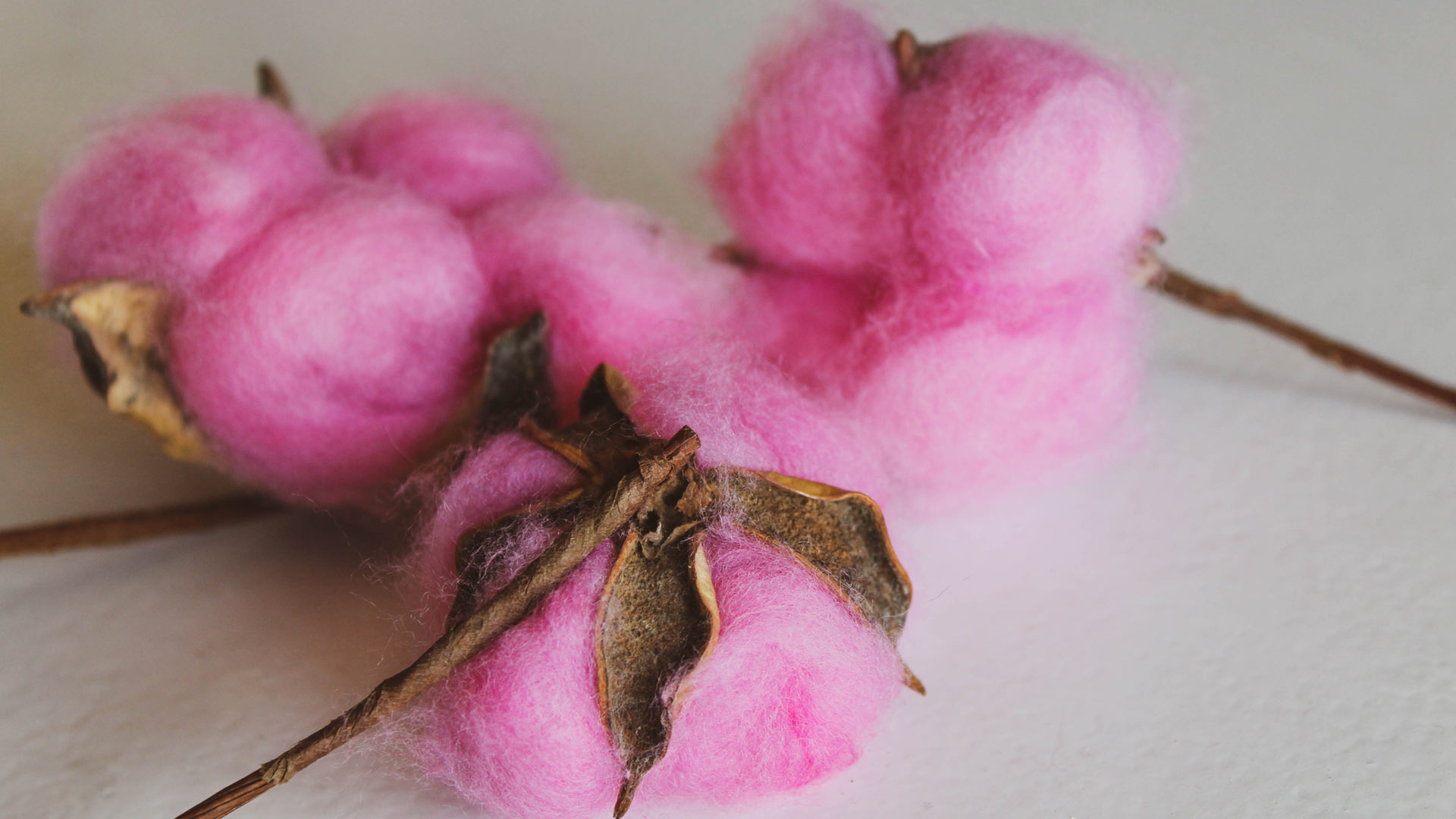It’s known that one of the biggest environmental issues with clothing comes from the vast quantities of water needed to dye cotton. But what if we could just grow the cotton in the colour we want?

Australian scientists at the Commonwealth Scientific and Industrial Research Organisation (CSIRO) have found a way to grow coloured cotton. Colleen MacMillan and her team have combined different types of plant tissue and been able to produce a range of colours.
The process by which cotton is dyed uses enormous amounts of water. In fact, a 2017 report found that in 2015 alone, the fashion industry consumed 79 billion cubic metres of water – enough to fill 32 million Olympic-size swimming pools. It’s estimated that figure will increase by 50% by 2030, due to the expected population increase to 8.5 billion.
Additionally, the polluting impact of dyeing clothes can be incredibly harmful, and textile dyeing is considered to be the second largest polluter of clean water globally, after agriculture. In some countries, such as India and Bangladesh, dye wastewater is emptied, often untreated, into nearby rivers that spread into the sea.
Black, petroleum-based dyes are considered the most hazardous, so the focus is on growing naturally black cotton. Research is still underway, and MacMillan’s team announced that it will be another few months before the lab-generated plant tissue can grow into durable, flowering plants.
An exciting prospect that could prove to be a long-term solution to the textile industry’s sustainability crisis!